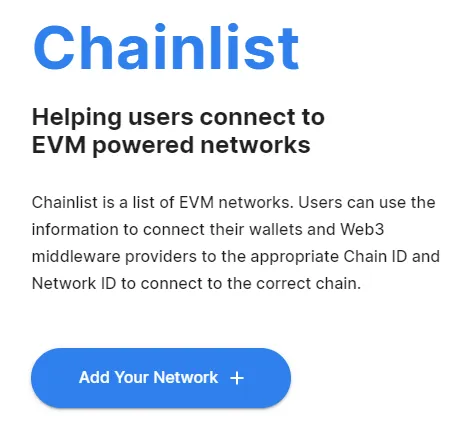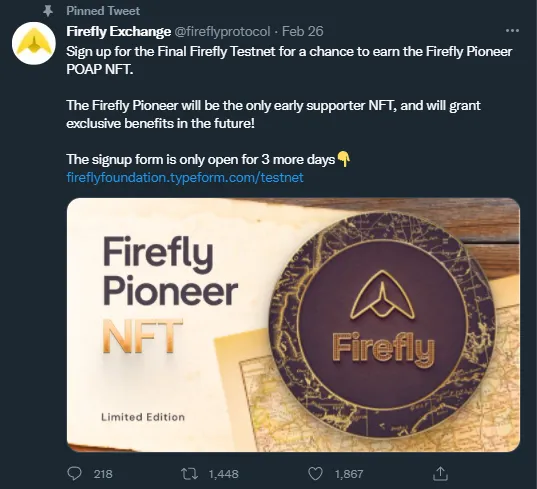Testnets are the networks initially launched by crypto projects to check the bugs and problems or to stress test the operations on a blockchain. Although it only requires "Blockchain 101" competence to be a tester in a testnet, many of us disregard their potential and monetary benefits.

I'm one of those lazy people who did not participate the Avalanche testnet (in which each tester was rewaded with staked 2000 AVAX = $160,000 🤦♂️) and lost such a massive chance from early days of the project. However, this potential loss made me enthusiast about testnets and I dive into that concept.
No Need to Test Every Project
If you perceive the amount of time spent for testnet is for nothing, you may not allocate more than 30 mins to check testnets. Also, unless you are addicted to that, you should not go crazy for every post about testnets.
It is better if you take part in the testnets that are already hyped by the main crypto projects (Avalanche, Solana, Polkadot etc. itself) and the projects must be something unique that will contribute to the ecosystem.
For example, if a testnet is the first side chain of a blockchain or if the project brings AMM; NFT Market; bridge to other blockchains, then it may be worth giving a chance to test it.

Chainlist EVM Network and Metamask 🦊
Have you ever visited Chainlist to find mainnet or subnets of a blockchain? If not, I'm sure you will be surprised what you will see there.
When a testnet is launched, you can find related information from Chainlist to deploy the network to your Metamask. I may suggest you use one of the browsers' Metamask extension for this purpose. Otherwise, you will have a loooong list of chains when you want to change your networks 😅
Active & Worthy Testnets (on Polka & Avalanche)
Yesterday I used the testnet of WAGMI subnet of Avalanche blockchain. The chain is the second sidechain that operates the transactions with its currency and the project is already active on 2 major decentralized exchanges (Pangolin & YetiSwap) on Avalanche.
In Polkadot, though I could not test them yet, there are two expect projects that are already hyped by the community members. What's good about both projects is that they are the first projects to bring the utility to the blockchain.

To test the sidechains, you are generally given a faucet where you can claim test tokens for operations.
For instance: TestFaucet Polkaswap
Then you are expected to test De-Fi and NFT projects: Test PolkaSwap
When you conduct different types of transactions, you become one of the testers of an upcoming project. Although it is possible to get nothing as a result of tests, you may also grab decent amount of tokens / White List or NFTs as rewards.
Here is a useful Twitter thread by Sora_xor that you can learn about the PolkaSwap Testnet.

Another Testnet that is hyped (with NFT airdrop) : Firefly Testnet

You are going to do more of less the same things for the testnet.
Faucet -> DEX -> NFT Market -> Bridge = DONE 🟢


WAGMI on Avalanche Mainnet
Learn from Twitter Thread
Network Name: WAGMI
RPC URL: https://api.trywagmi.xyz/rpc
Chain ID: 11111
Symbol: WGM
Also check Chainlist to add otomatically.
More info: Ava Lab

TL;DR
Testnets are one of the best ways to be sure about the security and the performance of a chain. For several years, we have witnessed successful testnets that become mainnet to serve in crypto ecosystem.
Although the testnets may bring satisfactory rewards ( e.g., Avalanche Testnet) and fun for the testers, they are not given enough attention by crypto enthusiasts. If you are going to test some new projects, let me share my personal suggestions:
✔ You do not need to join every testnet
✔ Test only the projects that have authentic community / tester group.
✔ Test only the projects with real use cases (not copycats)
✔ Check the new projects on popular chains to have a chance to be rewarded.